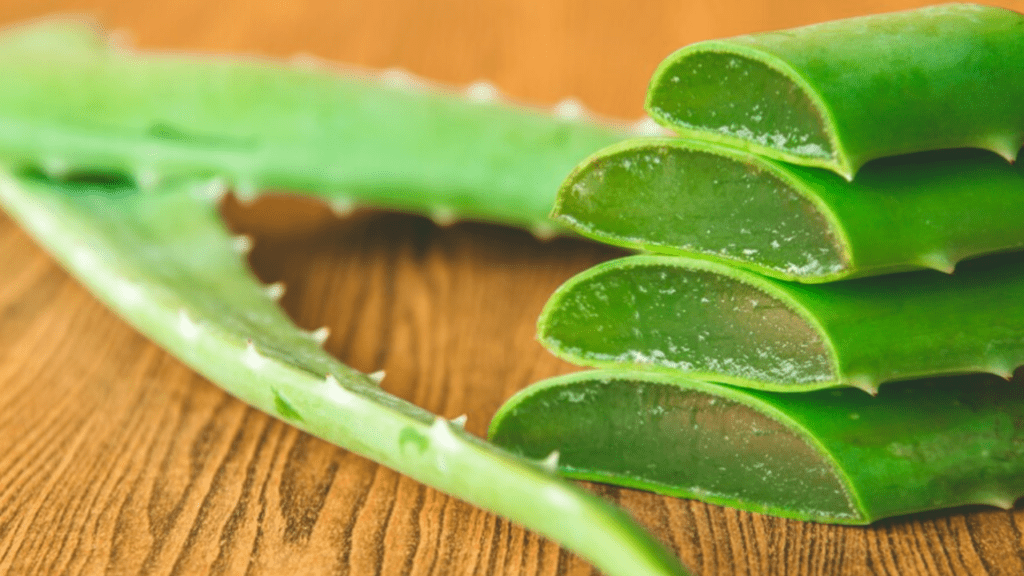
Aloe Vera Plant Seeds: How to Grow and Care for Aloe Plants
Aloe vera plant seeds can be a great addition to your home and garden. Growing and caring for aloe vera plants from seeds is a rewarding experience, and they have a variety of health benefits. Aloe vera plants are known for their soothing and healing properties, making them a popular choice for natural remedies. To grow aloe vera from seeds, you will need to provide them with well-draining soil, bright sunlight, and occasional watering. Once the seeds have sprouted, you can continue to care for them by providing the right conditions for growth. Aloe vera plants can also be used in a variety of ways, such as using the gel from their leaves for treating sunburns or adding them to your skincare routine. With the right care and attention, you can enjoy the beauty and benefits of aloe vera plants in your home.
If you’re looking to add aloe vera plants to your home and garden, growing them from seeds can be a rewarding experience. Aloe vera plants have a variety of health benefits and are known for their soothing and healing properties, making them a popular choice for natural remedies. To grow aloe vera from seeds, you will need to select high-quality seeds and provide them with well-draining soil, bright sunlight, and occasional watering. Once the seeds have sprouted, you can continue caring for them by providing the right conditions for growth. Aloe vera plants can also be used in a variety of ways, such as using the gel from their leaves for treating sunburns or adding them to your skincare routine. With the right care and attention, you can enjoy the beauty and benefits of aloe vera plants in your home.
Table of Contents
ToggleUnderstanding Aloe Vera Plant Seeds
Aloe vera plants are known for their soothing and healing properties, making them a popular choice for natural remedies. If you’re looking to add aloe vera plants to your home and garden, growing them from seeds can be a rewarding experience. To grow aloe vera from seeds, you will need to select high-quality seeds and provide them with well-draining soil, bright sunlight, and occasional watering. Once the seeds have sprouted, you can continue caring for them by providing the right conditions for growth. Aloe vera plants can also be used in a variety of ways, such as using the gel from their leaves for treating sunburns or adding them to your skincare routine. With the right care and attention, you can enjoy the beauty and benefits of aloe vera plants in your home.
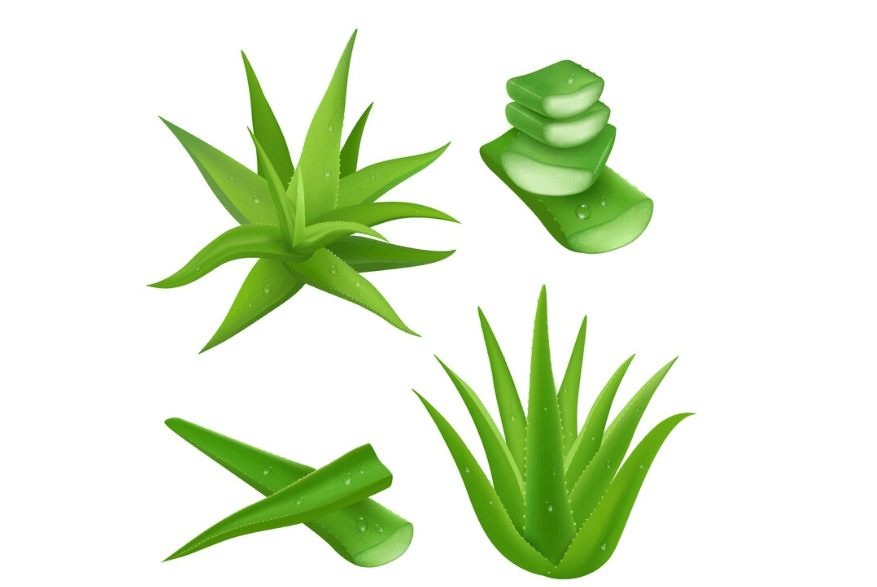
What are Aloe Vera Plant Seeds?
Aloe Vera plant seeds are the small, round seeds that are used to grow aloe vera plants. These seeds are the starting point for growing your own aloe vera plant at home. Aloe vera plants are known for their healing properties and are often used in natural remedies for skin conditions and burns. Growing aloe vera from seeds can be a rewarding experience, as you get to watch the plant grow and thrive under your care. To grow aloe vera from seeds, it’s important to select high-quality seeds and provide them with the right conditions for growth, such as well-draining soil, bright sunlight, and occasional watering. Once the seeds have sprouted, you can continue caring for the plants by providing them with the right conditions for growth. Aloe vera plants can be a great addition to your home and garden, and they offer a variety of health benefits.
Benefits of Growing Aloe Vera from Seeds
There are several benefits to growing aloe vera from seeds. First, it allows you to have a fresh and abundant supply of aloe vera gel, which has many skin-healing properties. You can use the gel to soothe sunburns, moisturize dry skin, and even promote hair growth. Additionally, growing aloe vera at home can save you money in the long run, as you won’t need to purchase aloe vera products from the store. Furthermore, cultivating aloe vera plants can be a fun and fulfilling hobby, as you get to witness the growth and development of the plants from seedlings to mature plants. Finally, aloe vera plants can serve as attractive and low-maintenance additions to your indoor or outdoor garden, adding a touch of greenery and natural beauty to your living space.
Selecting Aloe Vera Plant Seeds
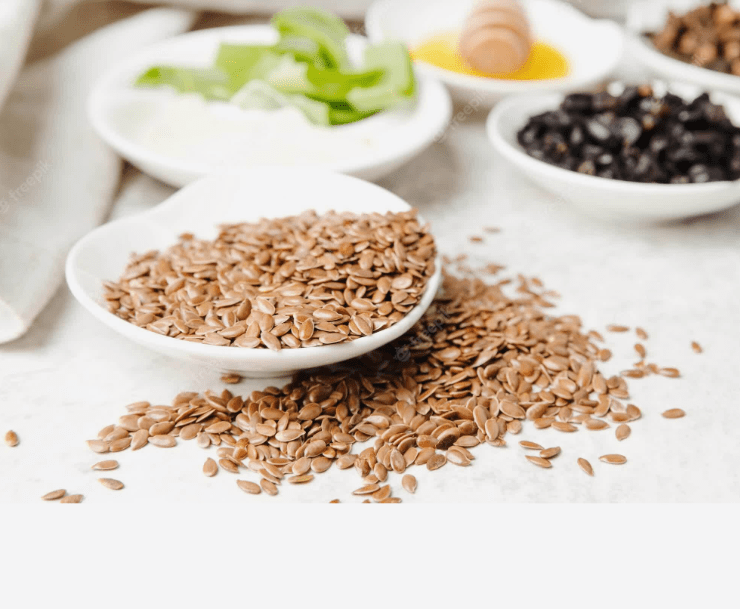
Types of Aloe Vera Seeds
Common varieties and their unique traits.
Aloe vera plants can be grown from seeds, and this method has several benefits. First, it allows you to have a fresh and abundant supply of aloe vera gel, which has many skin-healing properties. You can use the gel to soothe sunburns, moisturize dry skin, and even promote hair growth. Additionally, growing aloe vera at home can save you money in the long run, as you won’t need to purchase aloe vera products from the store. Furthermore, cultivating aloe vera plants can be a fun and fulfilling hobby, as you get to witness the growth and development of the plants from seedlings to mature plants. There are common varieties of aloe vera plants, each with their own unique traits, so it’s important to select the right seeds for your needs and preferences. Overall, growing aloe vera from seeds can be a rewarding and beneficial experience.
Tips for selecting high-quality seeds.
When selecting aloe vera plant seeds, it’s important to choose high-quality seeds to ensure the best chance of successful growth. Look for seeds that are plump and firm, as these are more likely to be viable. Avoid seeds that are discolored, shriveled, or damaged, as they may not germinate properly. It’s also a good idea to purchase seeds from a reputable supplier to ensure their quality and authenticity. Additionally, consider the specific variety of aloe vera plant you want to grow and choose seeds that are labeled as such. This will help you ensure that you are getting the right type of seeds for your desired plant. By carefully selecting high-quality seeds, you can set yourself up for success in growing healthy and thriving aloe vera plants.
Where to Buy Aloe Vera Seeds
If you’re interested in growing aloe vera from seeds, there are a few options for purchasing high-quality seeds. Online retailers, garden centers, and plant nurseries are all great places to start your search. You can also look for reputable suppliers who specialize in aloe vera seeds to ensure you are getting the best quality. Additionally, consider reaching out to local gardening groups or forums for recommendations on where to buy aloe vera seeds. It’s important to do your research and choose a trusted source to ensure the success of your aloe vera plant growth.
Preparing Aloe Vera Plant Seeds for Planting
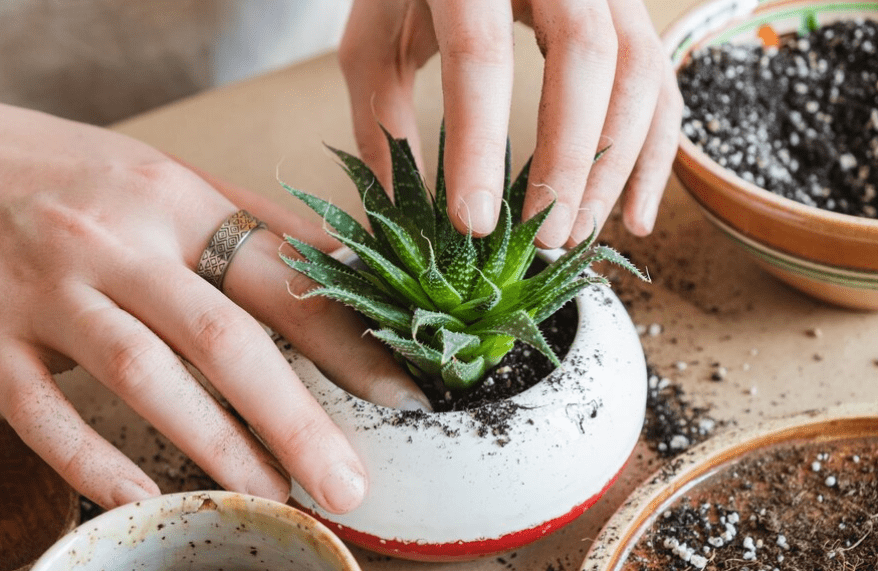
Seed Treatment and Preparation
are important steps to ensure successful germination and growth. Before planting aloe vera seeds, it’s important to consider seed treatment and preparation. This can include scarification, which involves scratching or nicking the seed coat to allow water to penetrate and promote germination. Additionally, soaking the seeds in water for a few hours can help soften the seed coat and improve germination rates. Some gardeners also recommend using a seed starting mix to create the ideal conditions for germination. By taking these steps to prepare aloe vera seeds for planting, you can increase the likelihood of successful growth and development of your aloe vera plants.
Soil Preparation
Ideal soil types for aloe vera cultivation
include well-draining sandy or loamy soil. Aloe vera plants thrive in soil with good drainage to prevent waterlogged roots. You can also add perlite or sand to improve soil drainage. It’s important to ensure the soil pH is between 6.0 and 8.5, as aloe vera plants prefer slightly acidic to alkaline soil. Additionally, aloe vera plants are drought-tolerant, so it’s essential to avoid overwatering and allow the soil to dry out between waterings. When planting aloe vera, choose a location with plenty of sunlight, as these plants require at least six hours of sunlight per day to thrive. By preparing the soil and providing the right growing conditions, you can ensure the successful cultivation of your aloe vera plants.
Planting Aloe Vera Seeds
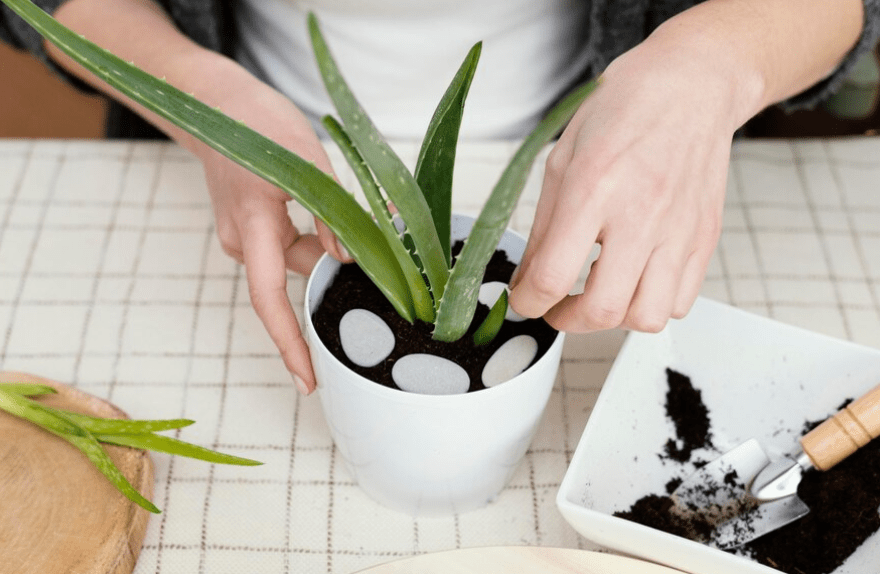
Timing and Climate
Best planting seasons for aloe vera.
Aloe vera is a popular plant known for its healing properties and easy maintenance. The best time to plant aloe vera seeds is in the spring or early summer when the soil has warmed up and there is plenty of sunlight. Aloe vera plants thrive in warm, sunny conditions, so it’s important to wait until the risk of frost has passed before planting. In cooler climates, it’s best to start aloe vera seeds indoors and then transplant them outside once the weather warms up. By planting aloe vera seeds during the optimal growing season, you can give your plants the best chance of success.
Climate requirements for successful growth.
The climate plays a significant role in the successful growth of aloe vera plants. Aloe vera plants thrive in warm, sunny conditions, so it’s important to choose a location with plenty of sunlight. These plants require at least six hours of sunlight per day to thrive. In cooler climates, it’s best to start aloe vera seeds indoors and then transplant them outside once the weather warms up. It’s also important to avoid overwatering and allow the soil to dry out between waterings, as aloe vera plants are drought-tolerant. By providing the right growing conditions and planting during the optimal growing season, you can ensure the successful cultivation of your aloe vera plants.
Planting Techniques
When it comes to planting aloe vera seeds, it’s important to consider the climate requirements for successful growth. Aloe vera plants thrive in warm, sunny conditions, so it’s important to choose a location with plenty of sunlight. They require at least six hours of sunlight per day to thrive. In cooler climates, it’s best to start aloe vera seeds indoors and then transplant them outside once the weather warms up. By doing so, you can give your plants the best chance of success. Additionally, it’s important to avoid overwatering and allow the soil to dry out between waterings, as aloe vera plants are drought-tolerant. By providing the right growing conditions and planting during the optimal growing season, you can ensure the successful cultivation of your aloe vera plants.
Germination and Early Growth
of aloe vera seeds are crucial stages in the cultivation process. To begin, it’s important to provide the right conditions for germination. Aloe vera seeds should be planted in well-draining soil and kept in a warm, sunny location. It’s also important to avoid overwatering and allow the soil to dry out between waterings, as aloe vera plants are drought-tolerant.
Once the seeds have germinated and the seedlings have begun to grow, it’s important to continue providing the right growing conditions. Aloe vera plants thrive in warm, sunny conditions, so it’s important to ensure they receive at least six hours of sunlight per day. In cooler climates, it may be best to start aloe vera seeds indoors and then transplant them outside once the weather warms up.
By paying attention to the climate requirements and providing the optimal growing conditions, you can ensure the successful cultivation of your aloe vera plants. With the right care and attention, your aloe vera plants will thrive and provide you with the many benefits that this versatile plant has to offer.
Caring for Aloe Vera Plants
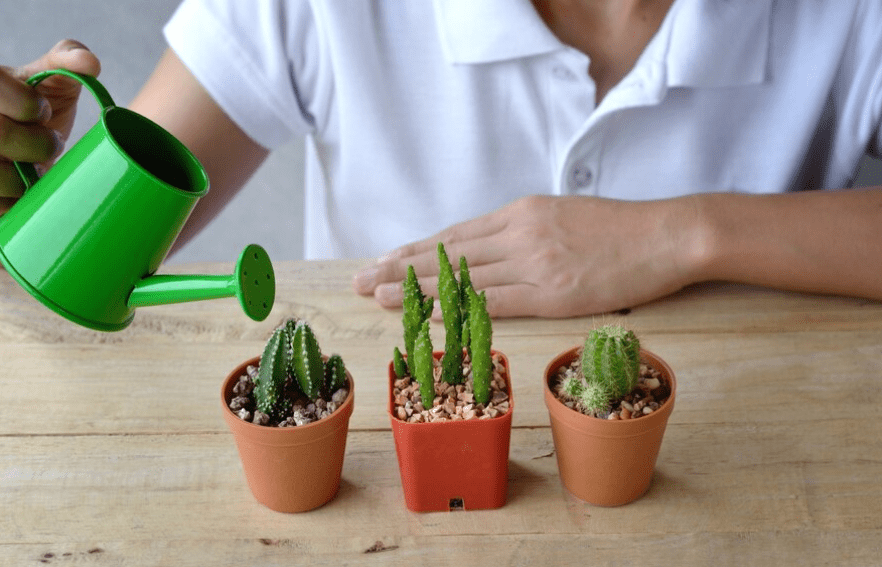
Watering
To properly care for aloe vera plants, it’s important to provide the right conditions for germination. Aloe vera seeds should be planted in well-draining soil and kept in a warm, sunny location. It’s crucial to avoid overwatering and allow the soil to dry out between waterings, as aloe vera plants are drought-tolerant. Once the seeds have germinated and the seedlings have begun to grow, it’s important to continue providing the right growing conditions. Aloe vera plants thrive in warm, sunny conditions, so it’s important to ensure they receive at least six hours of sunlight per day. In cooler climates, it may be best to start aloe vera seeds indoors and then transplant them outside once the weather warms up. By paying attention to the climate requirements and providing the optimal growing conditions, you can ensure the successful cultivation of your aloe vera plants. With the right care and attention, your aloe vera plants will thrive and provide you with the many benefits that this versatile plant has to offer.
Fertilization
is an important aspect of caring for aloe vera plants. These plants do not require a lot of fertilizer, but a small amount can help them to grow and thrive. It is best to fertilize aloe vera plants once a year in the spring. Use a balanced, water-soluble fertilizer diluted to half strength. This will provide the necessary nutrients for healthy growth without overwhelming the plant. Be sure to water the plant before and after applying the fertilizer to prevent any burning of the roots. It’s important to avoid over-fertilizing aloe vera plants, as this can cause damage and lead to poor growth. With the right fertilization and proper care, your aloe vera plants will continue to flourish and provide you with their many benefits.
Light and Temperature Requirements
Aloe vera plants require bright, indirect light to thrive. They can also tolerate some direct sunlight, but too much can cause the leaves to become scorched. If you are growing aloe vera indoors, place it near a window where it can receive plenty of natural light. If you are growing aloe vera outdoors, make sure to place it in a location where it will receive bright, indirect sunlight.
In terms of temperature, aloe vera plants prefer warm conditions. They can tolerate temperatures as low as 50 degrees Fahrenheit, but they thrive in temperatures between 68 and 90 degrees Fahrenheit. It’s important to protect aloe vera plants from frost and cold temperatures, as this can damage the plant.
By providing the right light and temperature conditions, along with proper fertilization, you can ensure that your aloe vera plants remain healthy and productive.
Transplanting and Potting Aloe Vera Plants
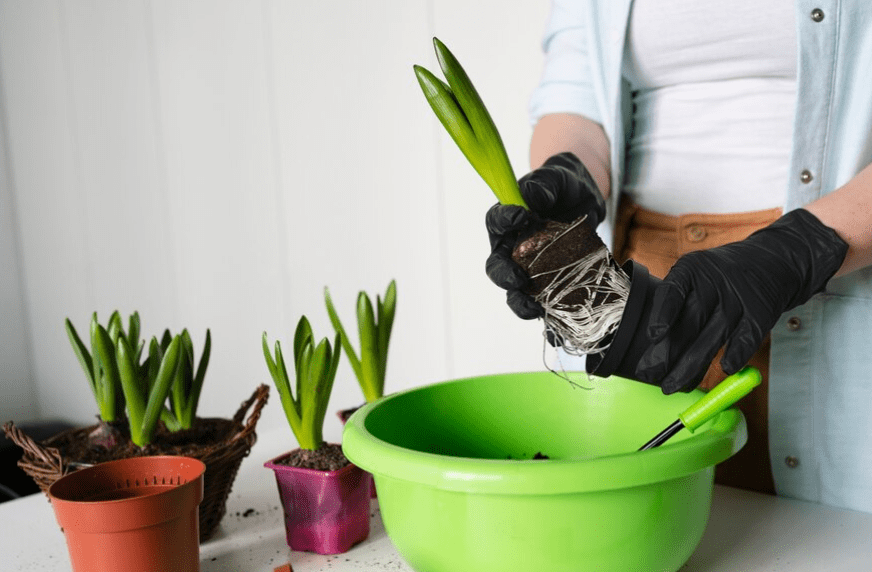
When and How to Transplant
Aloe vera plants require bright, indirect light to thrive and can tolerate some direct sunlight, but too much can cause the leaves to become scorched. If you are growing aloe vera indoors, place it near a window where it can receive plenty of natural light. If you are growing aloe vera outdoors, make sure to place it in a location where it will receive bright, indirect sunlight. In terms of temperature, aloe vera plants prefer warm conditions and thrive in temperatures between 68 and 90 degrees Fahrenheit. It’s important to protect aloe vera plants from frost and cold temperatures, as this can damage the plant. When it comes to transplanting and potting aloe vera plants, it is best to do so in the spring or early summer. Choose a pot that is slightly larger than the current one and has drainage holes at the bottom. Gently remove the plant from its current pot, being careful not to damage the roots. Place the plant in the new pot and add well-draining soil around it, making sure not to cover the plant’s leaves. Water the plant thoroughly after transplanting and place it in a sunny spot to help it adjust to its new environment. With the right fertilization and proper care, your aloe vera plants will continue to flourish and provide you with their many benefits.
Choosing the Right Pots
When it comes to planting aloe vera, it’s important to choose the right pots to ensure the health and growth of your plants. Aloe vera plants thrive in warm temperatures, so it’s best to choose pots that provide good insulation and protection from extreme temperatures. Aloe vera plants prefer temperatures between 68 and 90 degrees Fahrenheit, so it’s important to protect them from frost and cold temperatures.
When it comes to transplanting and potting aloe vera plants, it’s best to do so in the spring or early summer. Choose a pot that is slightly larger than the current one and has drainage holes at the bottom. This will help prevent the roots from sitting in water and becoming waterlogged, which can lead to root rot. Gently remove the plant from its current pot, being careful not to damage the roots. Place the plant in the new pot and add well-draining soil around it, making sure not to cover the plant’s leaves.
After transplanting, water the plant thoroughly and place it in a sunny spot to help it adjust to its new environment. Proper fertilization and care will help your aloe vera plants continue to flourish and provide you with their many benefits. Remember to choose pots that provide good insulation, drainage, and room for growth to ensure the health and well-being of your aloe vera plants.
Harvesting and Using Aloe Vera
can be a great addition to your home and health routine. Aloe vera plants are known for their healing properties and can be used to soothe sunburns, moisturize the skin, and even aid in digestion when ingested. When it comes to harvesting aloe vera, it’s best to wait until the plant is at least three years old before taking any leaves. This will ensure that the plant has matured enough to provide the most potent gel. To harvest the gel, carefully cut off a mature leaf from the base of the plant and drain any yellow sap from the cut end. Then, you can slice the leaf open and scoop out the gel with a spoon. The gel can be used immediately or stored in the refrigerator for future use. When using aloe vera gel, it’s important to test a small patch of skin first to ensure that you don’t have any adverse reactions. Additionally, aloe vera gel can be added to homemade skincare products, smoothies, or used as a natural hair conditioner. With proper care and harvesting techniques, aloe vera can be a valuable addition to your home and health routine.
Propagating Aloe Vera Plants
Aloe vera plants are easy to propagate and can be done through offsets, division, or from seeds. When propagating aloe vera through offsets, it’s important to wait until the offset is at least one-third the size of the parent plant before removing it. Gently remove the offset from the parent plant and allow the cut to callous over for a day or two before planting it in a well-draining soil mix. Water the new plant sparingly until it begins to show new growth.
If propagating through division, carefully remove the plant from its pot and gently separate the roots. Replant each division in a separate container and water sparingly until new growth appears. Aloe vera can also be grown from seeds, although this method may take longer to see results.
Overall, with the right care and attention, aloe vera plants can be easily propagated and provide a valuable addition to your home and health routine.
In conclusion, growing and caring for aloe vera plants from seeds can be a rewarding and beneficial experience. Aloe vera has numerous health benefits and can be used in a variety of ways, from skincare to digestion. By following the steps outlined in this post, you can ensure that your aloe vera plants thrive and provide you with the benefits they have to offer. Whether you’re a beginner or experienced gardener, growing aloe vera plants can be a great addition to your home or garden.
Frequently asked questions And Answer
Aloe vera plants can be grown from seeds, but it’s important to use well-draining soil and keep the seeds moist until they germinate. It can take several weeks for the seeds to sprout, so patience is key.
Aloe vera plants thrive in bright, indirect sunlight. They can also tolerate some direct sunlight, but too much can cause their leaves to become sunburned.
Aloe vera plants are succulents, so they don’t need to be watered as frequently as other plants. It’s best to let the soil dry out completely between waterings, and then water the plant thoroughly.
Yes, aloe vera plants can be grown indoors as long as they receive enough sunlight. They are great for adding a touch of greenery to your home, and they also have air-purifying properties.
Aloe vera plants are relatively low-maintenance. In addition to providing them with sunlight and watering them sparingly, it’s important to repot them every few years and remove any dead leaves to encourage new growth.
Yes, aloe vera plants can be propagated by removing offsets, or “pups,” that grow at the base of the plant. These can be replanted to create new aloe vera plants.
Aloe vera gel is commonly used for its soothing properties, but it’s important to note that the plant itself can be toxic to pets if ingested. Keep aloe vera plants out of reach of curious pets.
Aloe vera plants have a variety of uses, from soothing sunburns and skin irritations to purifying the air in your home. They are also a visually appealing and easy-to-care-for addition to any indoor or outdoor space
